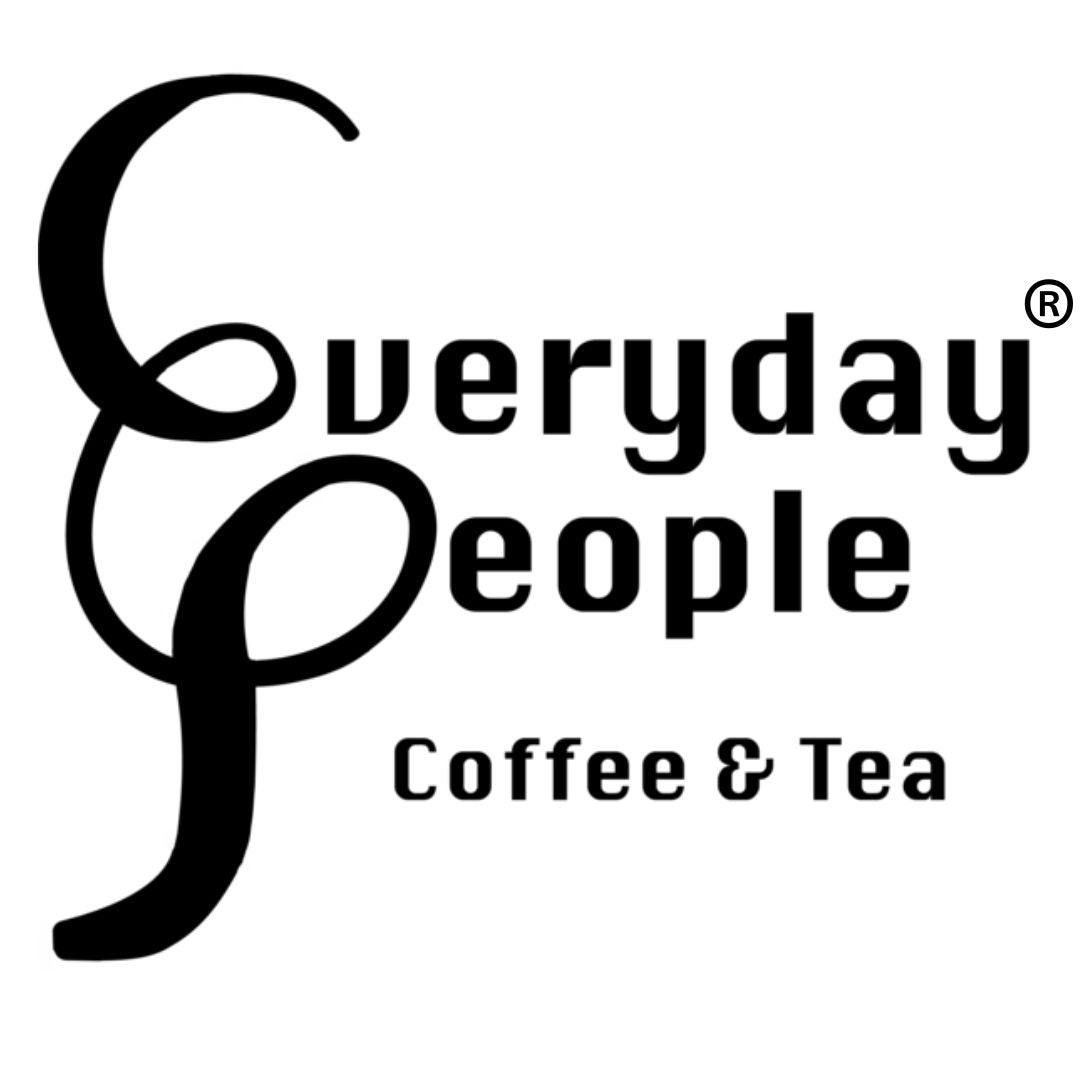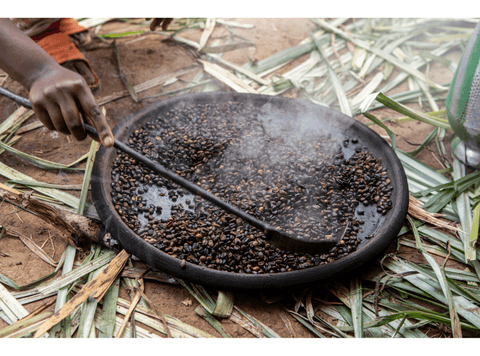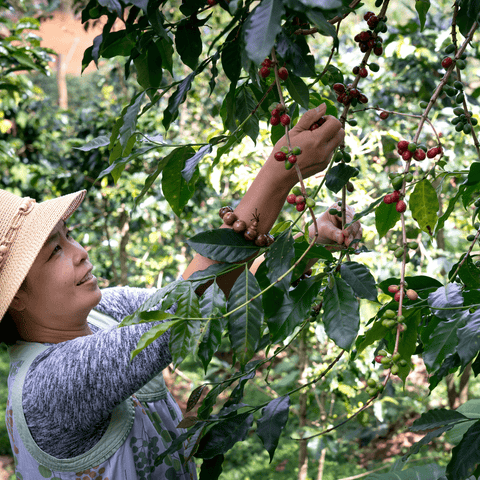Our beloved coffee. What would we do if Ethiopia was not the birthplace of our beloved little coffee bean? Imagine a world where we drink tea on our morning run and not that strong espresso that gives us just the right amount of kick.
Coffee is more of a staple than a luxurious treat in our modern-day world, but do you know the dark history of our favorite go-to beverage? Besides coffee’s history, the question of racial equality still affects the coffee industry today. Keep reading to find out more.
Where it all began
There is a little mystery behind the beginning of coffee because we are not too sure of the exact details of where it all began.
There is a legend that takes coffee as far back as the 9th century. You see, it all started when a goat-herder from Ethiopia noticed that his goats were more energetic than usual. He then traced their eating habits and found that they were most energetic after eating certain berries from a tree.
This goat-herder took these berries to an abbot at his local monastery, who then dried and boiled the berries, threw them in a fire, and was intoxicated by the wonderful aroma of it (a feeling which most of us are quite familiar with).
The berries were then ground up and dissolved into water, and the monks drank the coffee to keep them awake during long hours of prayer. News of this captivating coffee beverage spread to Egypt, then into the Arabian peninsula, where the coffee trade boomed
Murky origins
The coffee connoisseurs of the world know the difference between each cup of coffee and can probably tell you where each steaming mug originated from; however, the origins are far darker than people would like to believe. A common theme in the production of coffee is the exploitation of indigenous people of color for the purpose of profit, from early on, and sadly even today. .
A demand for cheap labor
By the 15th century, the popularity of coffee spread to Europe. The Europeans soon wanted to produce their own coffee and not rely on the Arabian coffee industry. The Spaniards imported over a million slaves from Africa to Cuba to work on coffee and sugar plantations. Because there was such a high demand for coffee, there was also a high demand for slaves and cheap labor.
.
The Atlantic Slave Trade
Let’s go back to the Atlantic Slave Trade, where for around 400 years, indigenous people of color were captured and shipped all over the world for cheap labor.
One of these trades was the coffee trade- a booming industry that most European countries owe their economic success to. indigenous people of color worked under horrific conditions; many were beaten, raped, tortured, and malnourished. They lived in unsanitary housing and were degraded terribly. No human should ever have suffered in such evil ways.
Another misdeed to the dark history of coffee was the issue of land. Many coffee farms were established on stolen land, and indigenous people of color were forced to work on these plantations.
Where does the coffee trade stand today
So coffee was discovered in Africa but exploited the African people. Ironic, isn’t it? We can still see the inequality and effects of this exploitation today.
In fact, European countries are the largest group of coffee consumers globally, but these coffee producers are still third-world countries using cheap labor. Land that should be used to grow food for its people is being used to produce coffee for the rest of the world. Frequently, these laborers are receiving below minimum wage, therefore continuing the vicious cycle of coffee farming.
Another dark side to the coffee trade is that although coffee from Africa is considered superior, Africa was not left with adequate infrastructure to produce world-class coffee. Thus deeming it not as successful as its counterparts.
We have a long way to go when it comes to racial equality.
We have a long way to go about thoroughly regarding black people as an integral part of the coffee industry. Race and racial equality is often an uncomfortable thing to talk about for many people. But we need to normalize talking about it. Only then can we fully appreciate all that people of color have gone through during history;
And it’s not just for black people but also for Latinos and Asians. In many other countries, the issue of race is still a problem. In an interview with Phyllis Johnson, she discusses how heartbroken she felt when she noticed people of Mayan descent working in the fields while she was driving in the truck with a Spanish farm owner.
She says, and I quote: “ Tears came to my eyes, at that moment I actually had to go silent. I then realized that I was no longer the little black girl in the field chopping cotton, I had elevated to riding in the truck with the white owner and to me that was very sad, because my heart was there on the ground, but I was happy from my elevated point of view. That was one of my first glimpses of global racism in our industry.”
.The issue of race today in the coffee industry is still a global problem.
Another interesting thought….
How many people of color , specifically African Americans do you know in the coffee industry? Interestingly enough, even though Ethiopia was the birthplace of coffee, research shows that very few African Americans are to select coffee as a beverage choice.
There are a few interesting reasons for this.. Please click here for a fascinating read!
One point that is brought out in the above article is marketing. The marketing of coffee is mainly geared towards middle-aged white men. This same article says: “ African-Americans are underrepresented in an industry in which they should have prominence and great pride.” This is so true!
How we can help
This is why Everyday People only support fair trade. It is important for us to pay those who do the work, and support these smaller farmers. Many laborers are exploited. They work hard and get paid nothing for their work. Many, even have to pay off debts to their bosses. This is almost very similar to the dark origins of coffee farming, which none of us want to be part of.
Another critical element to consider is how coffee farming affects the environment. Coffee can grow in shade or sun, but the best way for coffee to be grown is in shade, as this stops soil erosion, and provides shelter for many species of animals.
Sadly, many mainstream coffee farms are choosing to farm coffee in the sun. This is cheaper, but so much more worse for the environment. The soil becomes depleted from nutrients, therefore requiring more chemical fertilizers. One of the worst parts is that coffee laborers in these more prominent corporations can’t afford to buy protective gear that is needed to keep them safe from these chemicals.
Be part of the change.
By making the right food choices, not only will we be benefiting the environment, but we will also be taking care of our own health and helping those who need to be elevated. They deserve it more than most people.
Support coffee with a cause! Small farmers need us, as well as our beautiful earth. Let’s work together by choosing fairtrade and sustainability.



